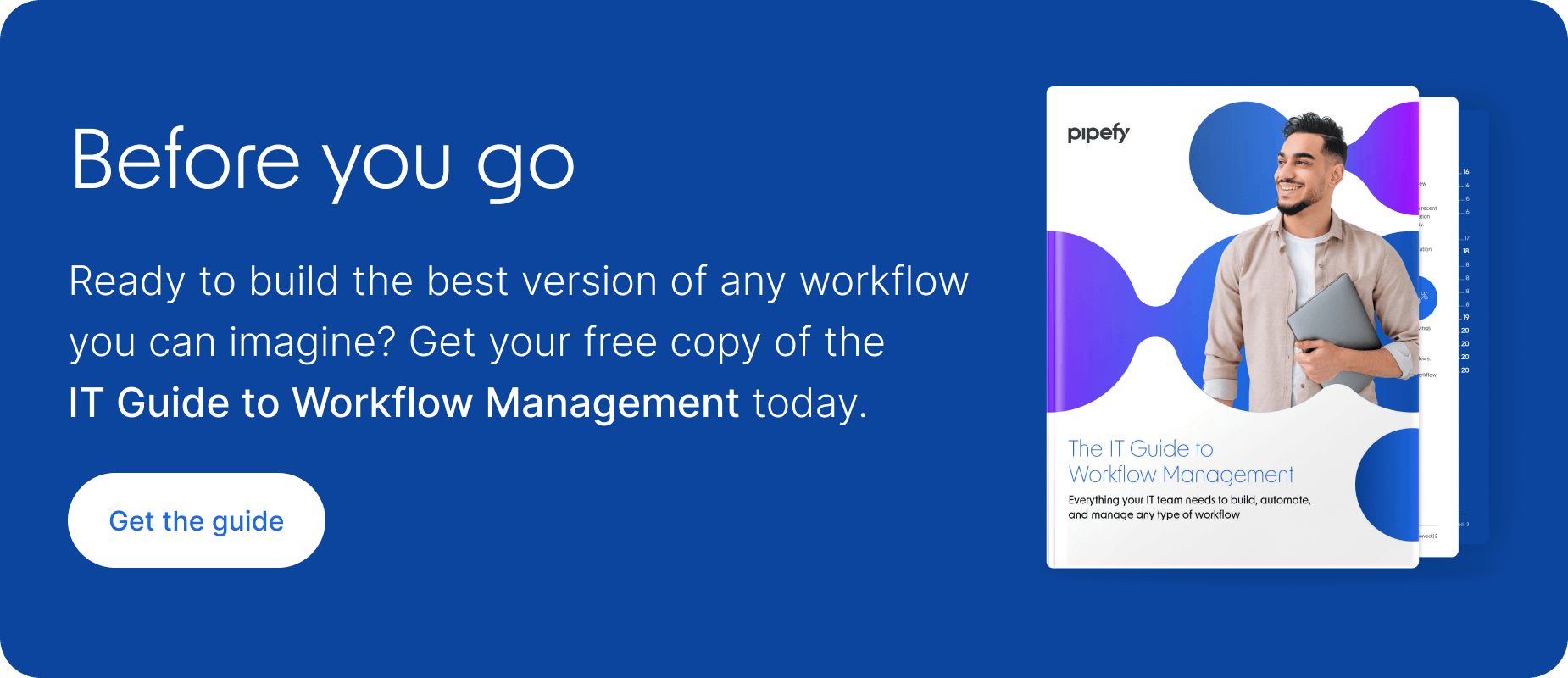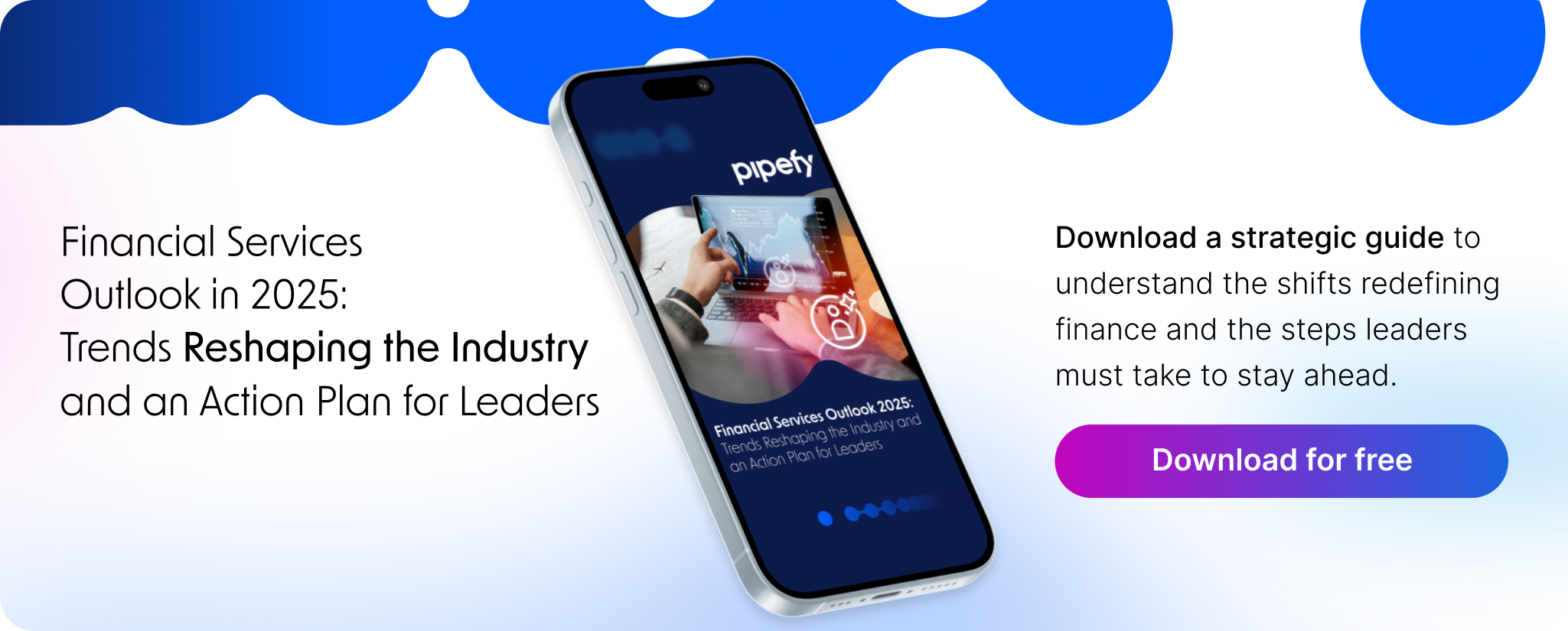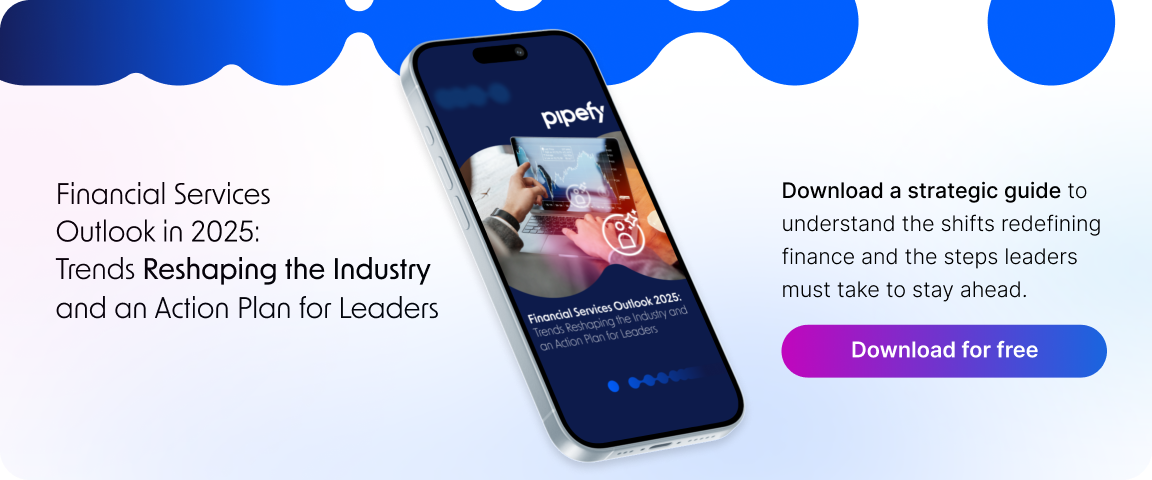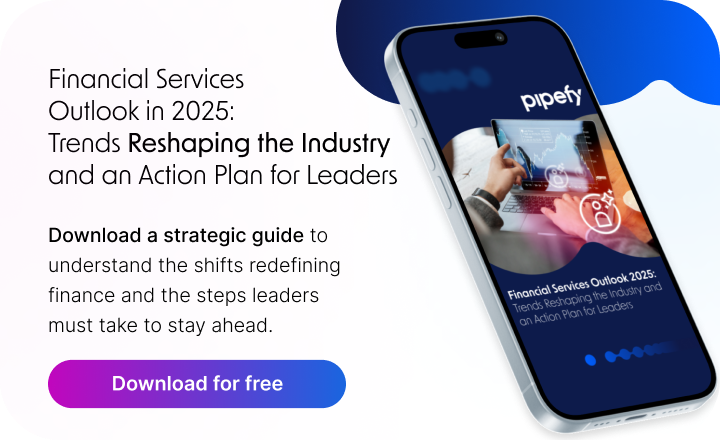
Renovating commercial spaces or managing infrastructure improvements often means walking into a maze of vendors, spreadsheets, disorganized emails, and unclear responsibilities. These CapEx (Capital Expenditures) projects quickly snowball into complex operations that lack transparency, consistency, and control. The outcome? Delays, budget overruns, and frustrated stakeholders.
But it doesn’t have to be this way.
With the rise of digital transformation strategies like Business Process Management (BPM), Business Process Automation (BPA), and especially the emergence of AI Agents and agentic workflows, companies now have the tools to regain control. And central to this transformation is a powerful concept: the No-Code Workflow.
This article explores how organizations can move from CapEx chaos to full clarity—leveraging a No-Code Workflow to manage every step of a renovation with structure, intelligence, and ease.
Why CapEx renovation management needs reinvention
Capital Expenditure renovations—whether office build-outs, factory upgrades, or facility expansions—typically involve:
- Multiple internal and external stakeholders
- Dozens of approvals, compliance checks, and invoices
- Timelines spanning weeks to months
- High financial stakes, often crossing six or seven figures
Yet many companies still manage these with disjointed emails, Excel spreadsheets, or inflexible legacy systems. This leads to:
- Miscommunication between departments
- Missed deadlines or poor vendor accountability
- Lack of audit trails and historical documentation
- Difficulty scaling or replicating processes across sites
These challenges are systemic and require a structural solution—one that aligns workflows, data, and decision-making.

The No-Code Workflow: foundation for scalable CapEx processes
Enter the No-Code Workflow. By enabling business teams to map, automate, and continuously improve their processes—without coding—these platforms unlock speed, agility, and structure for renovation projects.
Key benefits of using a No-Code Workflow in CapEx renovations:
| Problem | No-Code Workflow Solution |
| Disorganized task tracking | Centralized, visual task boards with SLAs |
| Multiple approval layers | Automated dynamic approvals based on conditions |
| Vendor misalignment | Custom intake forms and real-time status updates |
| Lack of standardization | Reusable templates and workflows |
| Poor reporting | Custom dashboards and audit trails |
By configuring instead of coding, business teams gain control—building workflows tailored to real operations, and adjusting them over time as projects evolve.
From BPA to AI Agents: automating beyond the basics
A No-Code Workflow is just the beginning. Once structured, these workflows become the perfect foundation for automation.
This is where Business Process Automation (BPA) comes in:
BPA enables actions like:
- Automatically notifying vendors when a site is ready for inspection
- Routing documents for approval based on role, budget, or urgency
- Flagging missing documents or bottlenecks before they become delays
Now, with AI Agents, the system goes beyond simple rule-based automation. Imagine an AI Agent that:
- Reads invoices and matches them to budgeted values
- Suggests timeline adjustments based on weather or labor forecasts
- Learns patterns from past renovations to suggest optimizations
This is the era of agentic workflows, where AI Agents not only execute but also propose changes to improve workflows—amplifying the team’s capacity and intelligence.
Read more: What Is Workflow Automation? Your Must-Read Guide
No-Code Workflow in action: renovation scenario
Let’s walk through how a No-Code Workflow would transform a real-life CapEx renovation:
- Request & Intake
Facilities manager fills out a standardized renovation request form (room dimensions, purpose, expected ROI). Custom fields feed into the system, categorized automatically. - Budget & Approval Routing
The system sends dynamic approval flows depending on the budget. Under $20k routes to Finance Manager; above that also includes Legal and C-Suite. - Vendor Bidding
Automatically sends RFQs to pre-approved vendors. Responses are collected and compared within the system, without needing email chains. - Scheduling & Permits
AI Agents flag regional permit requirements and pre-populate forms based on project data. Approvals are routed and deadlines tracked. - Execution & Monitoring
Contractors upload progress photos via mobile forms. Delays auto-trigger alerts to project stakeholders. Cost overruns flag potential risks. - Close-out & Evaluation
Final inspections are logged, documents archived, and satisfaction surveys sent. Data is stored for benchmarking future projects.
Why BPM and AI work better together in No-Code
Business Process Management (BPM) provides the blueprint: mapping roles, timelines, and stages.
Business Process Automation (BPA) takes care of execution, reminders, and data movement.
But AI Agents elevate these tools by:
- Interpreting natural language (e.g., understanding a contractor’s update)
- Making predictions (e.g., whether a permit will be delayed)
- Recommending workflow adjustments in real time
When powered by No-Code Workflows, these technologies combine for scalable, replicable excellence in CapEx delivery.
Strategic advantages of Pipefy for CapEx renovations
Pipefy enables organizations to build secure, scalable, and fully integrated No-Code Workflows across departments. Here’s why it’s ideal for renovation tracking:
- Visual Workflow Builder: Drag-and-drop interface for creating flows without writing code.
- Forms & Portals: Simplify vendor and stakeholder interactions.
- AI Integrations: Incorporate AI Agents for document reading, alerts, and proactive decision support.
- Process Templates: Replicate successful renovations across regions or business units.
- Audit Trail & Compliance: Full visibility into each step for governance and reporting.
These features allow organizations to go from reactive project fire-fighting to proactive renovation orchestration—at scale.
Read more: What is Business Process Automation (BPA)? The 2025 Guide
From Chaos to Clarity—you’re in control
In CapEx projects, structure and intelligence are everything. A No-Code Workflow transforms reactive chaos into calm clarity—backed by BPM, BPA, and AI Agents that act not only as executors but as collaborators.
By adopting an agentic workflow mindset and giving business teams tools to build their own processes, companies gain:
- Faster renovation cycles (up to 4x more efficient)
- 50% fewer errors and rework
- Full auditability and compliance
- Empowered teams across operations, finance, and facilities
This isn’t just a better process. It’s a smarter, future-ready one.
Want to see how Pipefy can help you transform your CapEx operations?
Click the button below to experience a live demo and start building your own No-Code Workflow today.
FAQ – CapEx and No-Code Workflow
What is a No-Code Workflow and how does it help CapEx projects?
A No-Code Workflow is a customizable process structure created without programming. For CapEx projects, it standardizes steps like approvals, vendor bidding, and execution, reducing manual work and errors.
How do AI Agents improve renovation tracking?
AI Agents analyze data, make predictions, and recommend workflow adjustments. They can detect risks early, automate document reviews, and flag delays—freeing up teams for strategic tasks.
What’s the role of BPA and BPM in this workflow?
BPM provides the blueprint of how a process should work. BPA automates routine steps like sending reminders or updating task statuses. Together, they enable smooth, structured operations.
What is an agentic workflow in this context?
An agentic workflow includes AI Agents capable of suggesting improvements, analyzing patterns, and taking action—not just executing but collaborating intelligently with users.
Is this solution scalable across multiple sites or regions?
Absolutely. Pipefy’s platform allows you to clone workflows, customize fields for local needs, and generate consistent reports—ensuring uniform standards in every renovation project.










